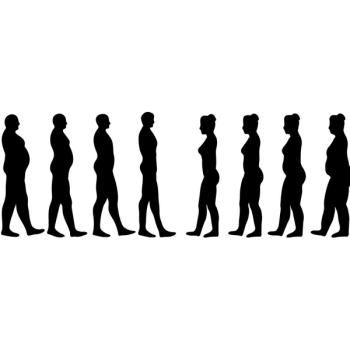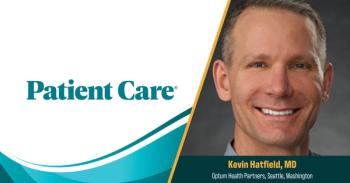
|Slideshows|October 10, 2018
Updated Pediatric and Adult Obesity Algorithm
Author(s)Veronica Hackethal, MD
How will the updated pediatric and adult obesity algorithm impact both your patients and practice? Scroll through this slideshow to find out.
Advertisement
Newsletter
Enhance your clinical practice with the Patient Care newsletter, offering the latest evidence-based guidelines, diagnostic insights, and treatment strategies for primary care physicians.
Advertisement
Latest CME
Advertisement
Advertisement
Trending on Patient Care Online
1
Phase 3 Data Support Oral Orforglipron for Weight Maintenance After GLP-1–Based Weight Loss
2
Final Thoughts on Vasomotor Symptoms and NK Receptor Antagonism
3
Colorectal Cancer Screening in 2025: What Changed, and What Didn't, with Mark Fendrick, MD
4
Novo Nordisk Files NDA for CagriSema, Novel GLP-1-amylin Combination for Chronic Weight Management
5
















































































































































































































































































